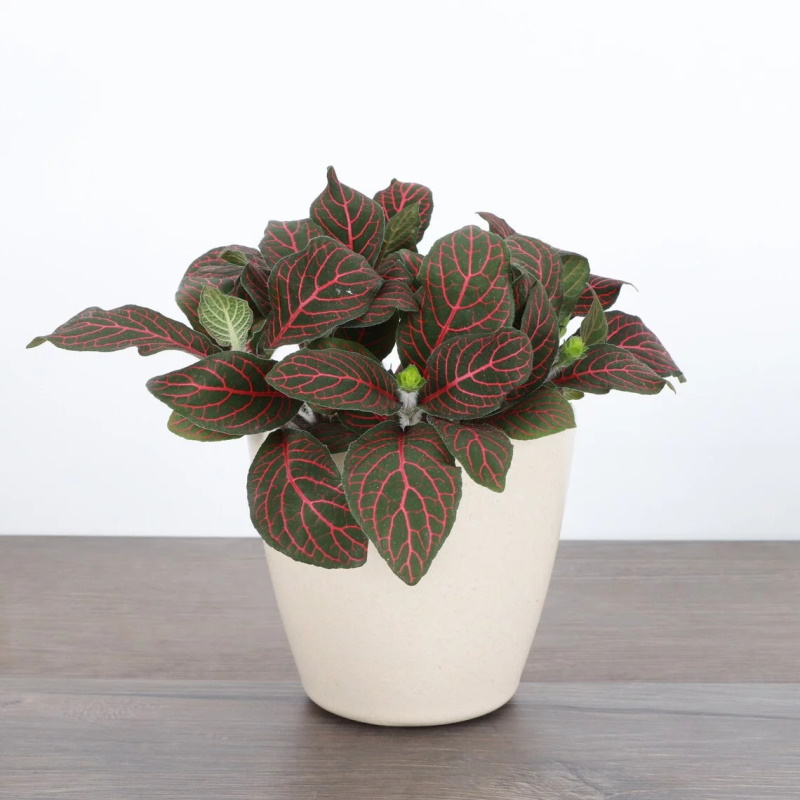Polka dot plant or fittonia? How to tell these two colorful houseplants apart
These eye-catching compact indoor plants have a similar appearance, so how exactly are they different?
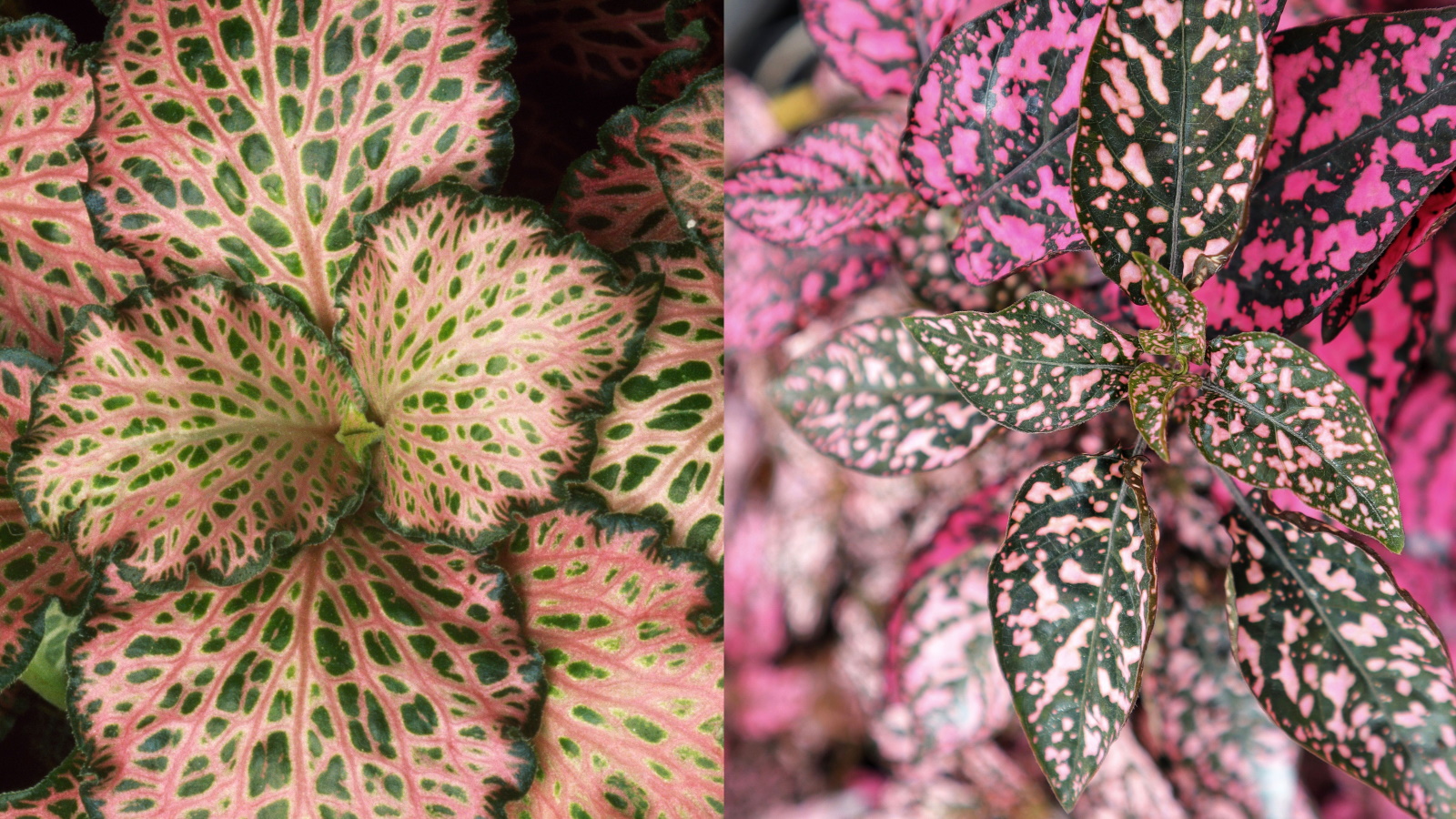

It's not uncommon for polka dot plants and fittonias to be mistaken for each other. I'm guilty of it - I was calling my indoor plant a fittonia for far too long before realizing it was actually a polka dot plant.
Both are compact houseplants of a similar size with beautiful patterned foliage. They also both come in an array of colors, including pink, red, yellow and white, so it's no wonder so many houseplant owners confuse the two.
It can, however, be problematic to incorrectly label these plants as you should always be aware of the correct care requirements for your specific houseplant. If you don't know whether your plant is a polka dot plant or a fittonia, don't worry - we've gathered expert advice to help you tell these two plants apart.
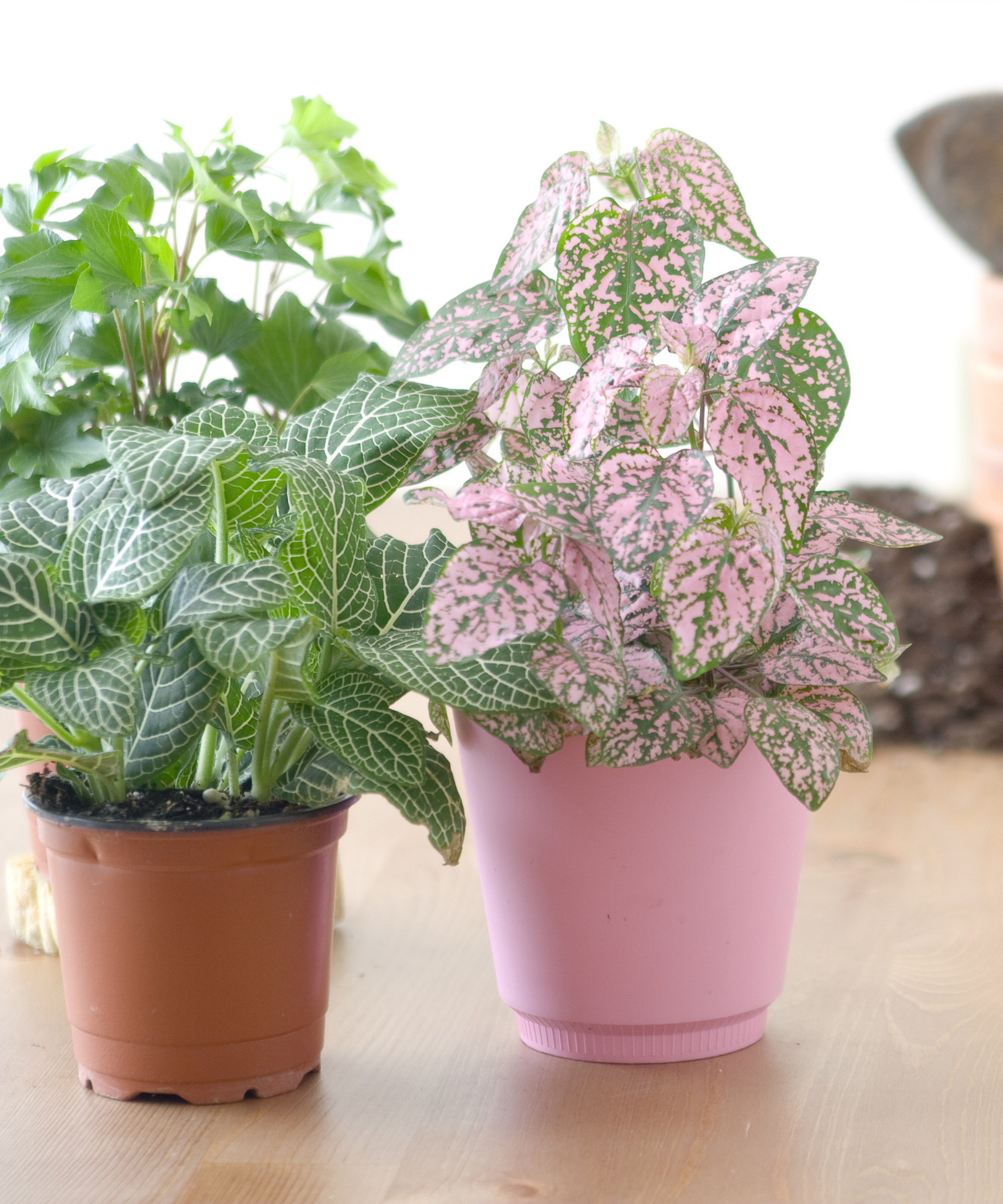
How are polka dot plants and fittonias different?
Is it polka dot plant or a fittonia? It can be hard to tell these two apart with their similar appearance and colors. We've asked experts to tell us what exactly makes these houseplants different to each other.
Differences in foliage
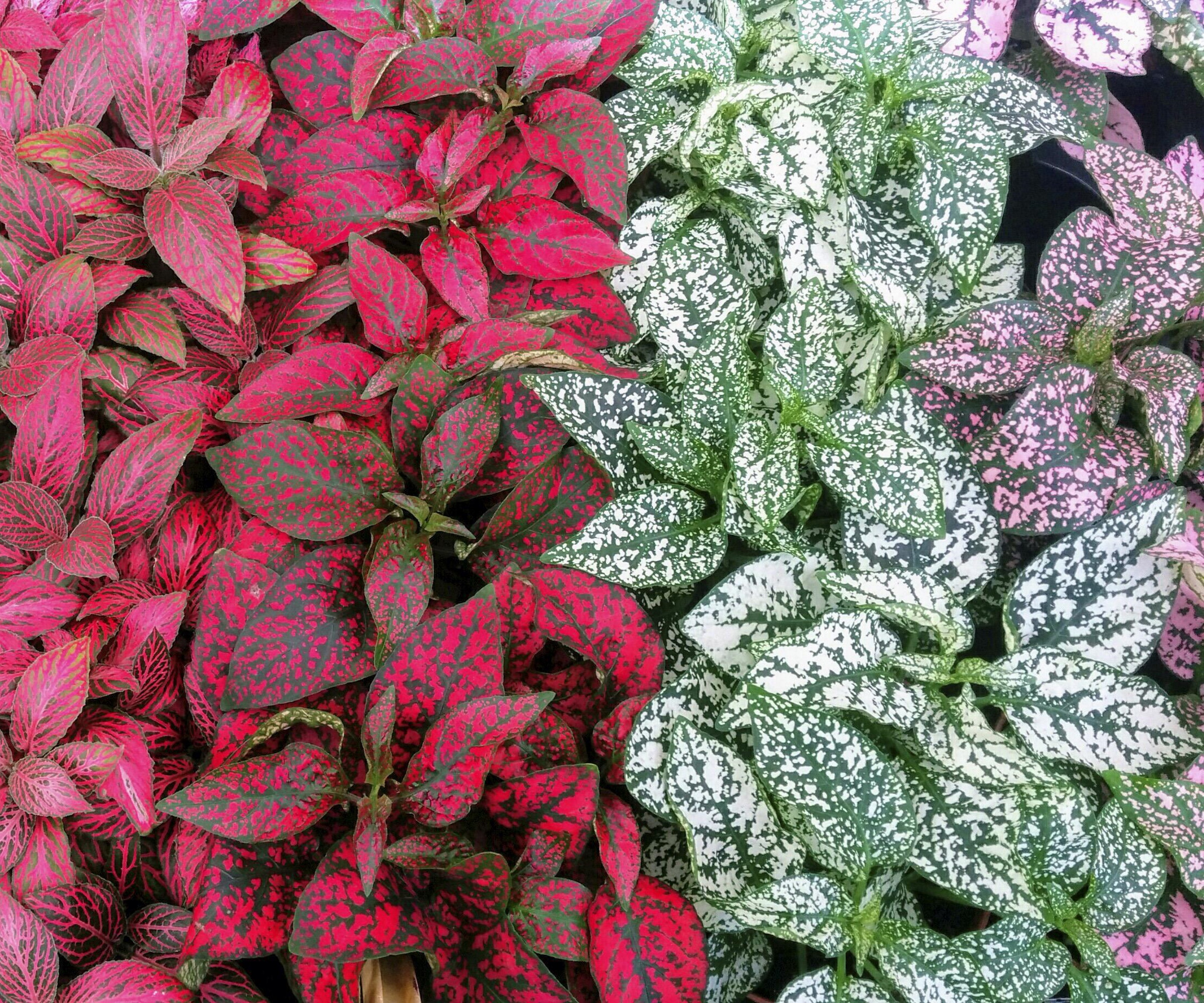
The variegated foliage of polka dot plants and fittonias is what makes both of them so attractive to houseplant lovers in the first place. However, this is often where the confusion lies.
'At first glance, the markings appear very similar. But if you take a closer look, you will notice the differences,' says Vladan Nikolic from Mr. Houseplant.
'Fittonia’s markings look like nerves, and the plant is commonly known as the nerve plant precisely due to this distinctive variegation pattern. Polka Dot plants have more mottled and disorganized variegation, which looks like blotches on green foliage,' he adds.
The first tell-tale sign as to whether you have a polka dot plant or fittonia is assessing the patterns closely. Also known as nerve plants, the pattern on the foliage of fittonias is reminiscent of nerve systems in the body. Meanwhile, polka dot plants, or Hypoestes phyllostachya, are much more speckled in pattern.
'Both plants' variegation can be in various shades of pink, red, white, and purple,' says Vladan.
You can also tell them apart by the size of their foliage and overall height. 'Fittonia typically reaches a height between 3-6 inches and it can spread to a width of 12-18 inches,' says Vladan. 'Polka Dot plant can be 6-10 inches tall and the same width,' he adds.
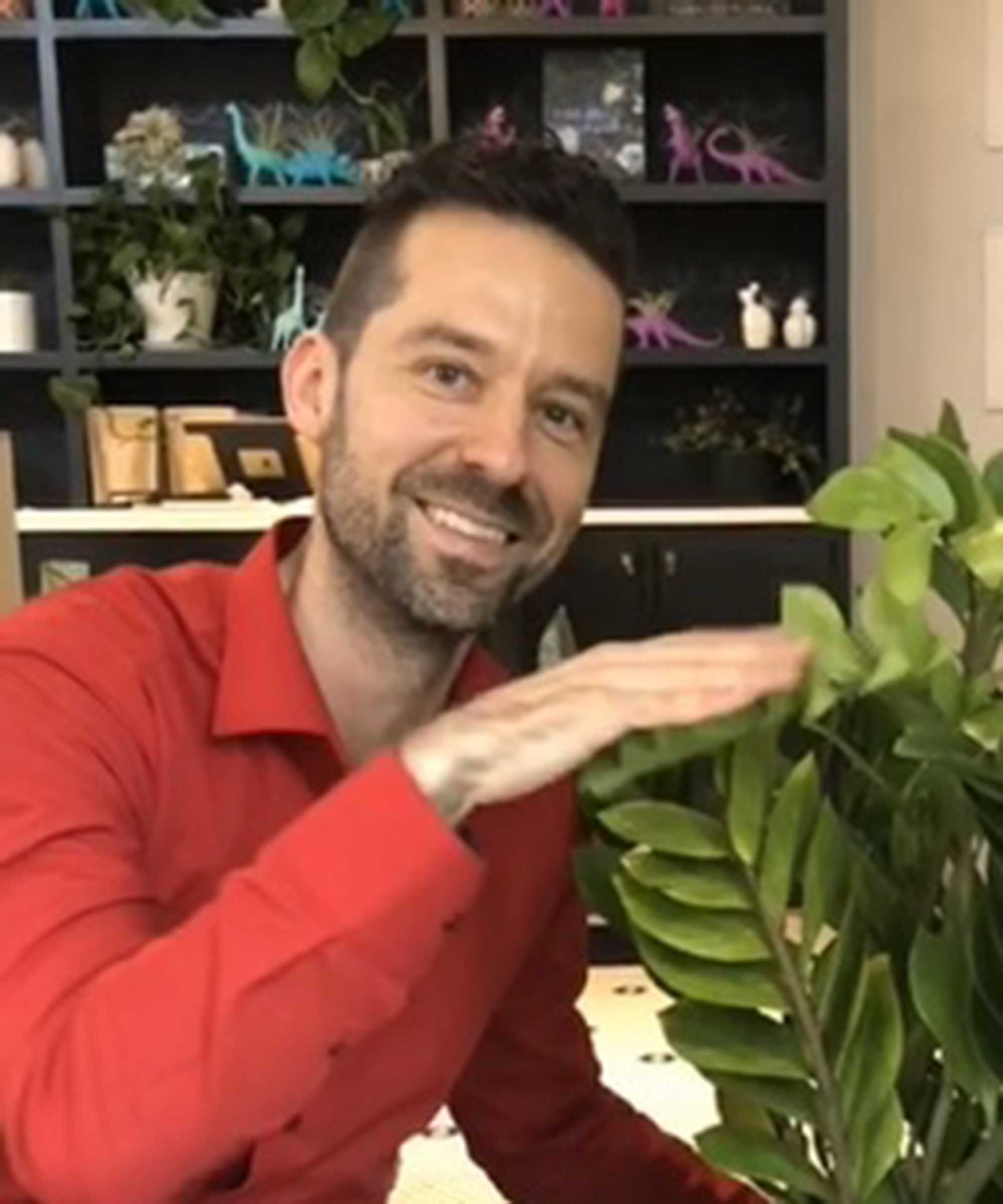
Vladan Nikolic is a houseplant expert with over 10 years of experience. He is the founder of the houseplant care blog Mr. Houseplant and is a social media influencer for houseplants with over 500,000 followers.
Differences in plant care
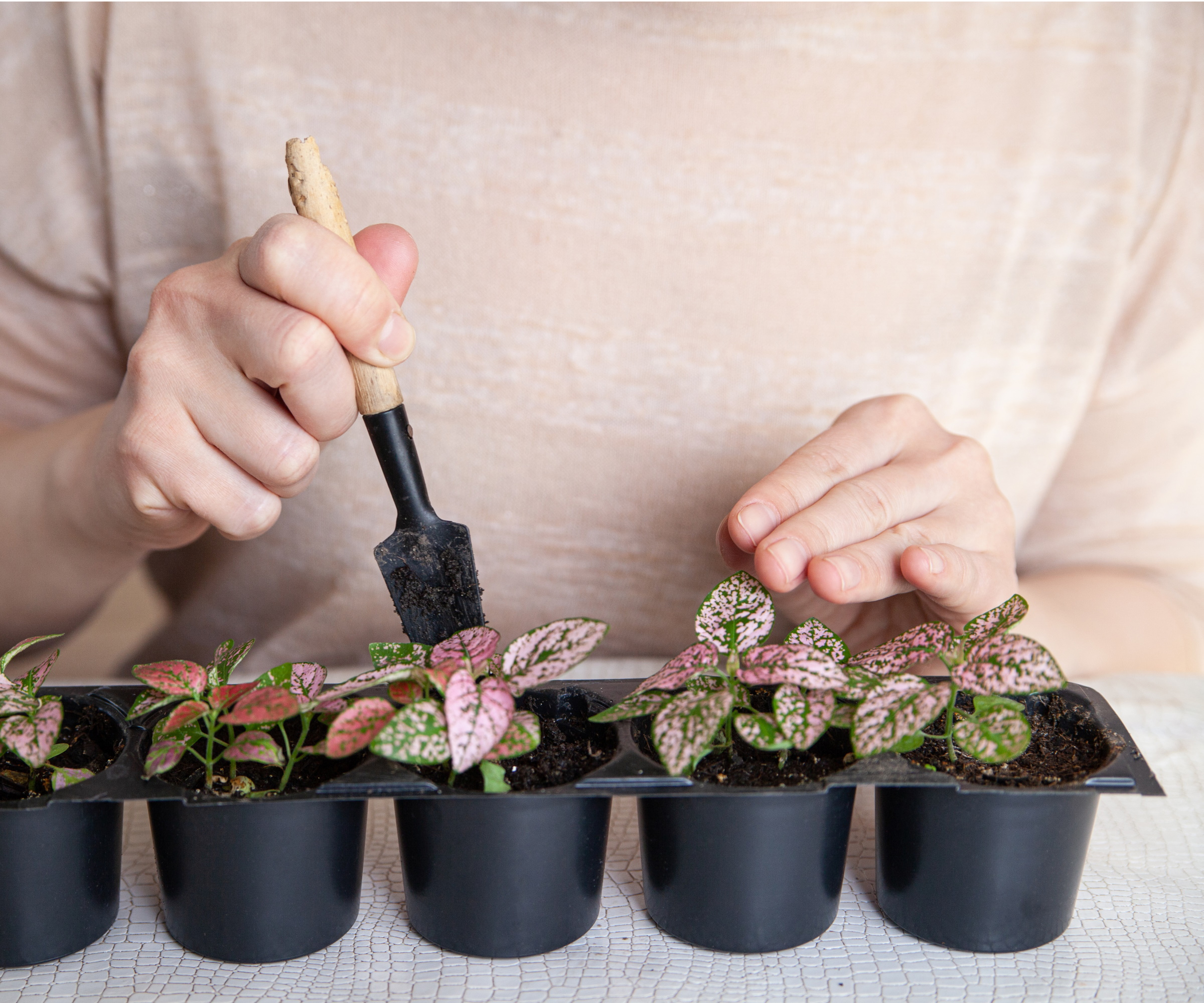
It's always important to identify which houseplant you have in order to provide the right care. Failing to do so could lead to indoor plant mistakes. In the case of polka dot plants and fittonias, they do have different care requirements.
'Fittonias grow best in medium light but can tolerate lower light better than polka dot plants which prefer bright, indirect light,' says Vladan.
'Fittonias are more sensitive to direct sunlight and can handle only one to two hours of weak morning direct sunlight daily, while polka dots can handle two to three hours of weak, direct sunlight,' he adds.
In their natural habitat, fittonias grow low to the ground in South American rainforests where they're protected from direct sunlight. As a result, they're more sensitive to it.
In comparison, you can find polka dot plants naturally growing in South Africa, south-east Asia and Madagascar where they are exposed to lots of bright light. In fact, not giving your polka dot plant enough light can cause it to lose its variegated foliage and vibrancy.
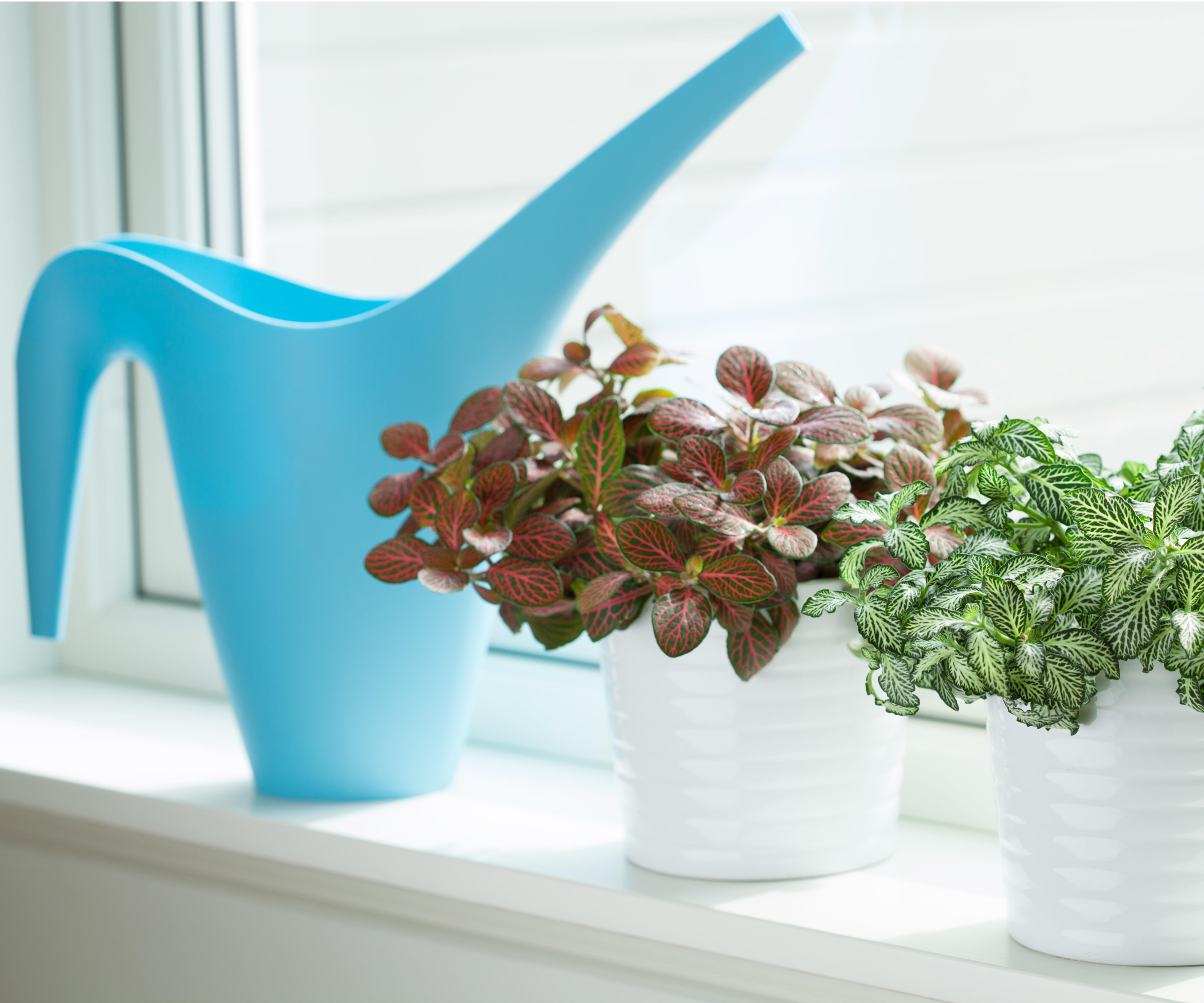
When it comes to humidity levels, you should take care to provide a fittonia with plenty. You might find using a mister, like this plant mister from Greendigs, helpful in achieving a more humid environment. Polka dot plants adjust better to lower humidity, although they will still appreciate a humid environment.
'Both plants have similar water requirements and you should water them when the top inch of the soil dries out,' says Vladan. 'Both plants love well-draining and loose soil amended with large particle amendments, such as perlite or vermiculite,' he adds.
Take care to water houseplants correctly to avoid houseplant root rot. Both fittonia and polka dot plants shouldn't dry out entirely between watering but don't let their soil become waterlogged either.
Shop polka dot plants and fittonias
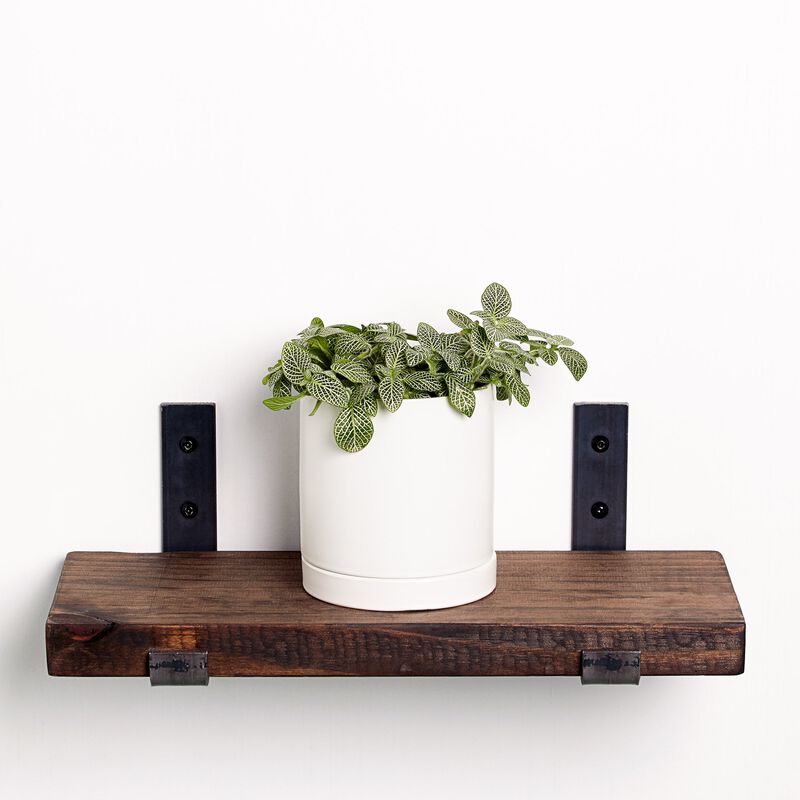
Charming white fittonia. Comes in a 5-inch diameter pot with a starter pack of plant food.
FAQs
Can you grow polka dot plants and fittonia together?
Polka dot plants and fittonias have a very similar appearance. Both are small indoor plants with colorful, patterned foliage. They can work excellently together for colorful houseplant arrangements with a range of patterns and textures. Both of these plants are also excellent terrarium plants are can be styled together for a bright terrarium.
It can be difficult to know if you have a polka dot plant or fittonia at first glance because they have a very similar appearance. However, take a closer look at the patterns on their foliage and you'll be able to differentiate them. If you like these houseplants for their colorful foliage, you may also be interested in discovering other red houseplants and blue houseplants.
Sign up to the Homes & Gardens newsletter
Design expertise in your inbox – from inspiring decorating ideas and beautiful celebrity homes to practical gardening advice and shopping round-ups.

Tenielle is a Gardens News Writer at Homes & Gardens. She holds a qualification in MA Magazine Journalism and has over six years of journalistic experience. Before coming to Homes & Gardens, Tenielle was in the editorial department at the Royal Horticultural Society and worked on The Garden magazine. As our in-house houseplant expert, Tenielle writes on a range of solutions to houseplant problems, as well as other 'how to' guides, inspiring garden projects, and the latest gardening news. When she isn't writing, Tenielle can be found propagating her ever-growing collection of indoor plants, helping others overcome common houseplant pests and diseases, volunteering at a local gardening club, and attending gardening workshops, like a composting masterclass.
-
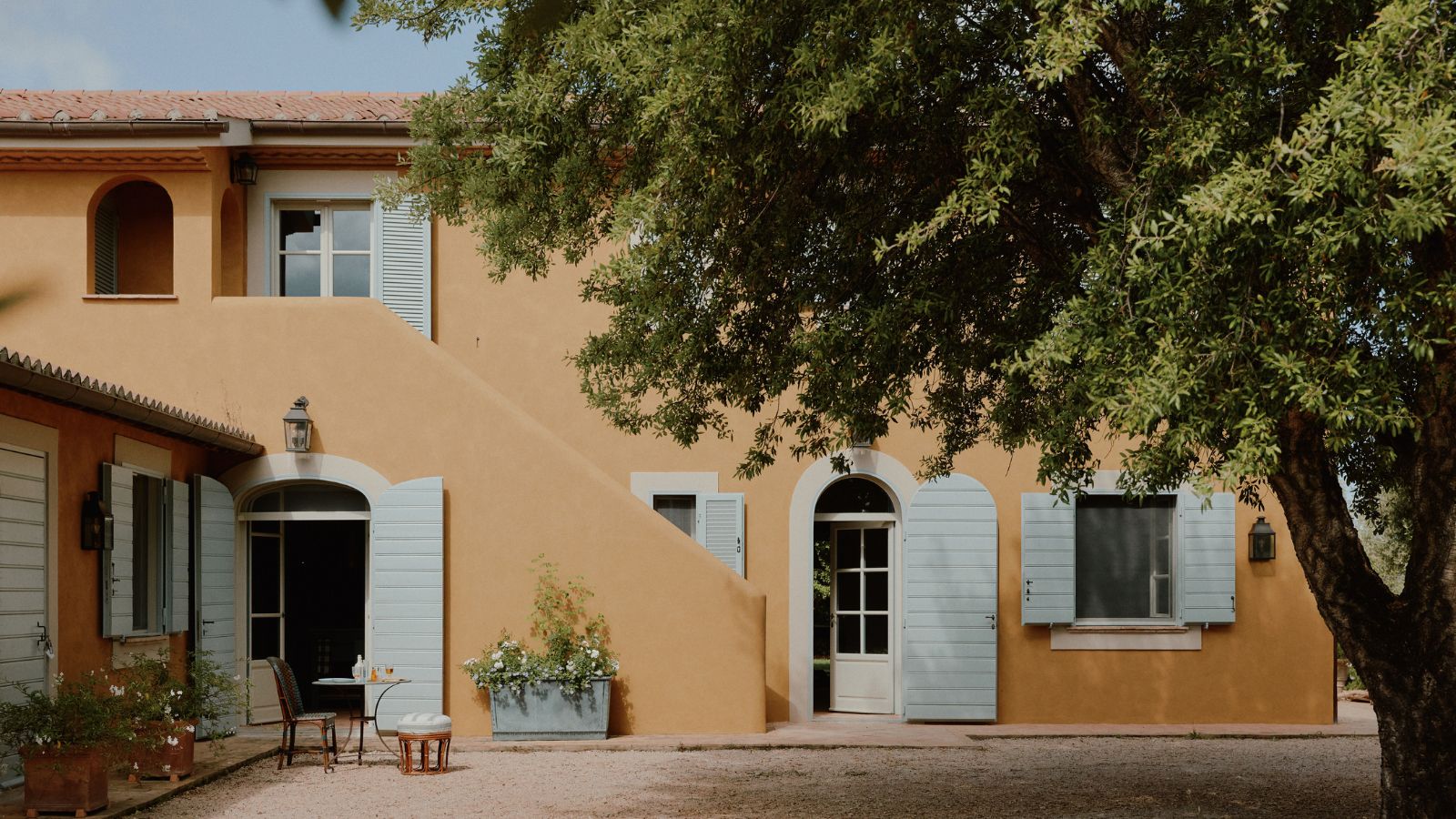 How a British designer brought together the different tastes of a couple wanting to create the dream future-proofed home in the idyllic Italian countryside
How a British designer brought together the different tastes of a couple wanting to create the dream future-proofed home in the idyllic Italian countryside‘They wanted a house that would feel immediately like home the minute they arrived, and somewhere relaxing to spend time together as a family and entertain friends.’
By Fiona McCarthy
-
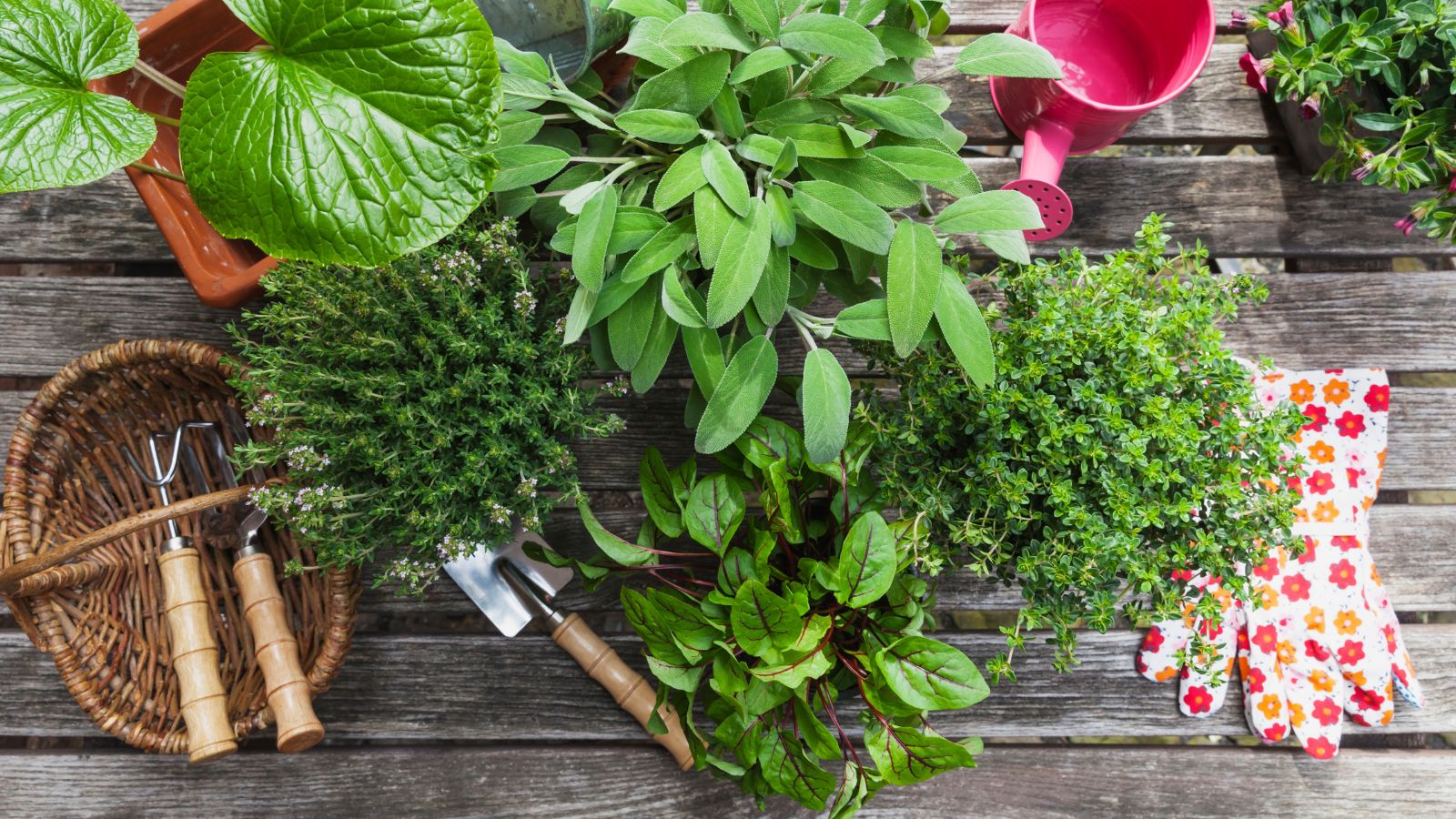 What is your birth month herb? Discover the symbolic meaning behind yours
What is your birth month herb? Discover the symbolic meaning behind yoursHerbs offer symbolic wisdom, and play to the natural rhythms of the season
By Lola Houlton

